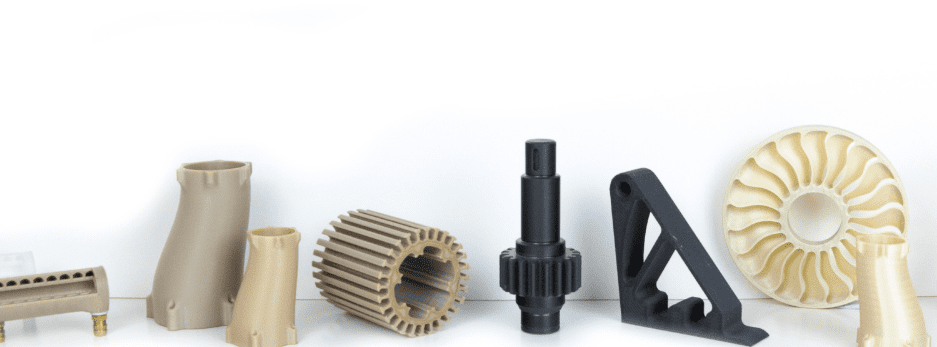While the fascination with 3D printing and all its assorted magic—from software to hardware to a plethora of emerging materials—continues, plenty of criticism still abounds too. And from this springs also an outpouring of discussion and analysis regarding what the technology is best suited for, and what types of textures and materials are strong enough, flexible enough, durable enough, and more, as all it depends on what you are trying to make. Car enthusiasts are busy rebuilding vintage luxury cars, students are making chess sets, designers are fabricating bold fashions, architects are building brick installations, and astronauts are busy bioprinting in space. That’s a lot of ideas being put into motion, and a lot of materials being put into 3D printers around the world. But what about how moisture, or lack of moisture affects these materials?
Recently, Apium researchers spent hours testing the basics in 3D printing materials, publishing ‘Hydrophobic and Hydrophilic Surfaces of 3D Printed Parts.’ Defining hydrophobic (repels water) and hydrophilic (mixes with or dissolves in water), the team from Apium decided to look at varying solutions to ongoing criticisms about the textures of 3D printed parts, mainly with polymer materials. In discussing the relevance of both hydrophobic and hydrophilic qualities, the researchers state:
“There are two entities responsible for this attribute in all free surfaces:
- A chemical factor which relates to the nature of chemical charges on the surface; if the charges on the surface are predominantly non-polar then such a surface will repel water molecules which is polar in nature due to the partial charges between its atoms whilst for the surface which are polar like water, they form ionic and/or hydrogen bonds with water permitting the residency of water on such surfaces.
- A physical factor which relates to the kind and nature of structure on the surface. The length-scale and geometry of the texture, asperity, topography of the surface either permits water to spread and wet the surface or that water remains suspended and cushioned by air molecules on such a surface thus preventing the wetting of the surface. A typical example of this phenomena is observed on the leaf of the Lotus plant hence the Lotus-Effect which describes a rather extreme case of non-wetting surfaces.”
Further, the contact angle is a measure of either the hydrophilicity or the hydrophobicity of a surface. Contact angles from 0 to 90 degrees are hydrophilic, while those with contact angles greater than 90 degrees are hydrophobic. ‘Super hydrophobicity’ happens at a contact angle over 150 degrees. Study of all three types of angles is helpful to both science and engineering applications, and especially in engineering of materials where either wetting or non-wetting is sought after. The researchers point out that hydrophobic effects are induced in:
- Wall coatings and paints
- Mechanisms to stop bio-fouling
- New forms of fabrics and textiles
- Engineered glass surfaces
Hydrophilics are used for:
- Harvesting and storing condensation
- Enhancing liquid transport systems
- Minimizing evaporation in certain environments
During this research, the team used the Apium Material Extrusion 3D Printer. They state that the P220 model can process most high-performance polymeric materials.
“Most of these materials are used in applications where unique properties are required from materials,” said the researchers. “For the first time we show the wetting properties of these materials in the as-3D printed forms.”
“The contact angles of the 3D printed materials namely Carbon Fibre Reinforced (CFR) PEEK, Black colored PEEK, PVDF, POM-C, Polypropylene (PP) and Ultem (PEI) were measured in accordance to Ref. but with direct measurements of the angles acquired from an image profile of a sessile drop of water using a simple hand-held protractor.”
Results were as follows:
- Apium PEEK 450 Black – hydrophobic, difficult for uses in applications such as bone implants due to bonding/adhesive issues. This material is created with natural PEEK and black pigments.
- Apium CFR PEEK (30 percent) – hydrophilic, and made of natural PEEK filled with 30 percent vol. micro carbon fiber.
- Apium PDVF 1000 – a hydrophilic fluoropolymer belonging to the same family as Teflon. This material is weather-resistant, as well as UV- and radiation-resistant.
- Apium PP – available from 2019 on, this is a hydrophilic material also.
Source: 3dprint


